Aomori prefecture jumps to the forefront of my recommendations when visitors request advice for canoeing, river exploring, camping, snowshoe trekking, and skiing in Japan.
Canoe tours in a lake surrounded by volcanic peaks, snowshoeing treks in protected forests, and long strolls through colorful ravines pull me to Aomori again and again. Its tantalizing traditional regional dishes and hot springs add exotic experiences for visitors to the far north of Japan’s main island. Additionally, few foreign tourists know about Aomori—for now.
But ask a Japanese about the beauty of Northern Honshu, and, likely, they won’t stop talking about Lake Towada and Oriase Gorge. I became similarly entranced after canoeing on Lake Towada and strolling the Oriase Gorge trails in winter and fall.
Lake Towada
Lake Towada, the third deepest in Japan, is a caldera lake created by volcanic eruptions at an elevation of 400 meters (1,312 feet). Except for a small town along one edge, the lake has escaped development. Government restrictions protect the environment because it is part of Towada-Hachimantai National Park.
Canoeing, snowshoe, and hiking tours are the specialties of Towadako Guidehouse Kai. Ecotour guides Murakami, Ota, and Koda continuously smile as they explain the ecology of their home: the lake, the gorge, and nearby mountains. Going with them on an ecotour is like traveling with friends who are both deeply knowledgeable and nuts about nature.
Canoeing in Lake Towada last winter was an almost indescribable pleasure. Skimming through sheets of floating ice and discovering icicles dripping from the roots of trees along the lakeshore were amazing first-time experiences for me. Furthermore, we were probably the only people on the surface of the 61.1 km2 (24 square miles) lake.
Oirase Gorge
The beauty of Oriase Gorge is also outstanding in fall and winter.
Oirase Gorge In Fall
Autumn also had its unique joys. Ducks suddenly appear from the deep water and disappear again as they search for fish. Mountain and lakeshore vegetation burn with fall colors. The joys of exercising in nature by rowing against the wind and then returning with the help of breezes. Finally, observing the sun slowly sink over the tip of a mountain range while the moon rose.
Each year, the snows on nearby peaks melt and run into Lake Towada, which spills into the mouth of Oirase Gorge. Far back in geologic history, a section of the lake collapsed, and escaping water carved the 14 kilometer-long (8.6 miles) ravine.
Oirase Gorge is one of Aomori’s most celebrated autumn attractions. Hikers, picnickers, photographers, poets, and others find inspiration or relaxation along the nine-kilometer (5.5 miles) one-way path that follows the main river. Some visitors ride bicycles along a nearby mountain road.
Vibrant green moss, pools of blue water, and white swirling streams compete in a beauty contest with trees whose green leaves are turning into a thousand shades of fiery fall red, orange, and yellow colors. Waves of cascading waters plunge over a dozen waterfalls into tiny pools and creeks. These gurgle their way into the more powerful river that leaps and bounds with rhythmic splashes over large rocks and fallen trees.
To experience Oirase Gorge at its most sublime and avoid crowds, arrive early in the morning on a weekday during the peak season of fall foliage.
Oirase Gorge In Winter
Winter turns the gorge into a world of sparkling icicles, powdery snow, and white trees. The murmurs of the stream and the flutter of snowflakes landing on your shoulders may be the only sounds. Below-freezing temperatures turn some of the waterfalls into nature-crafted ice sculptures as tall as buildings.
Read More: Winter Canoeing, Trekking, & Hot Springs In Aomori Japan
Where to Stay At Lake Towada and Oirase Gorge
There is a range of accommodations to choose from at Lake Towada in fall or winter. For example, you may decide to camp or stay at a mid-range or luxurious accommodation.
CampSite In Fall
The Utarube Campsite on the shore of Lake Towada has tent sites and small lodges during fall. The campsite is very popular, but it is closed in winter. Many guests enjoy the barbecues and sunrise canoe trips that Towada Guidehouse Kai manages.
Luxurious Accommodation: Oirase Keiryu Hotel
Those preferring Northern Japan’s take on “Washoku,” the Japanese cuisine that UNESCO designated as an Intangible Cultural Heritage, can choose more luxurious accommodations
Between November and April, many nearby hotels close because of the winter conditions. However, the luxurious Oirase Keiryu Hotel stays open in winter and is highly recommended. I have never stayed there, but I have seen the gorgeous woods and rivers nearby.
It also boasts three outdoor communal hot springs. The most elegant rooms have private hot spring baths. Furthermore, shuttle buses connect the hotel with the Shin Aomori Train Station.
Mid-Range Accommodation: Sukayu Onsen Hotel
My recommendation for those with cars is to drive one hour from Lake Towada to Sukayu Onsen. This drive provides another opportunity to view Oirase Gorge.
Sukayu Onsen is a mid-range hotel that locals built around a hot spring. The Hakkoda mountain range and a realm of active volcanoes surround Sukayu. Additionally, the Hakkoda Ski Area is acclaimed for hiking, backcountry skiing, and snowshoe trekking.
Intrepid skiers and snowshoers ride the Hakkoda ropeway gondola to Mt. Tamoyachidake (elevation: 1324 meters or 4347 feet). They then return by descending the backside of the mountain through the woods to Sukayu. The ropeway is open in all seasons.
One night at Sukayu is a mindblowing experience for many foreigners. One of Japan’s largest mixed-sex baths is in Sukayu Onsen Hotel.
Meals often include locally foraged herbs, mushrooms and sea and river fish most North Americans have never eaten.
Visit Lake Towada and Oirase Gorge This Fall and Winter
Aomori has more exhilarating hiking trails, streams, waterfalls, wild hot springs, ponds, and lakes than are possible to explore in one hundred vacations. That is why this outdoor-sports-loving travel writer plans to return again and again to Aomori.
Read More: Japan’s Rivers & Hot Springs

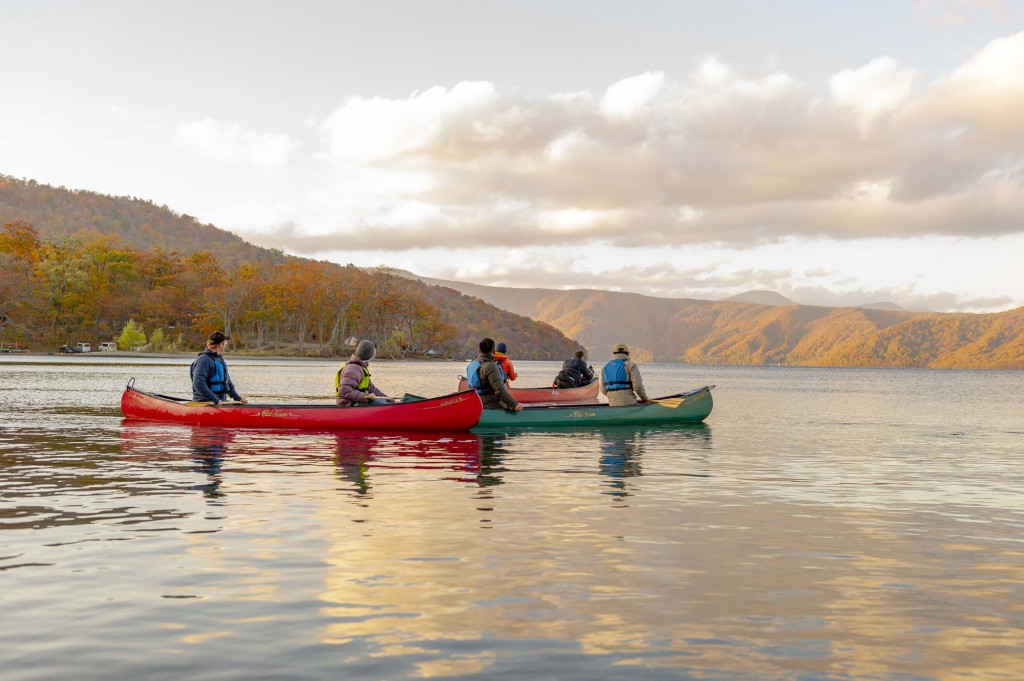
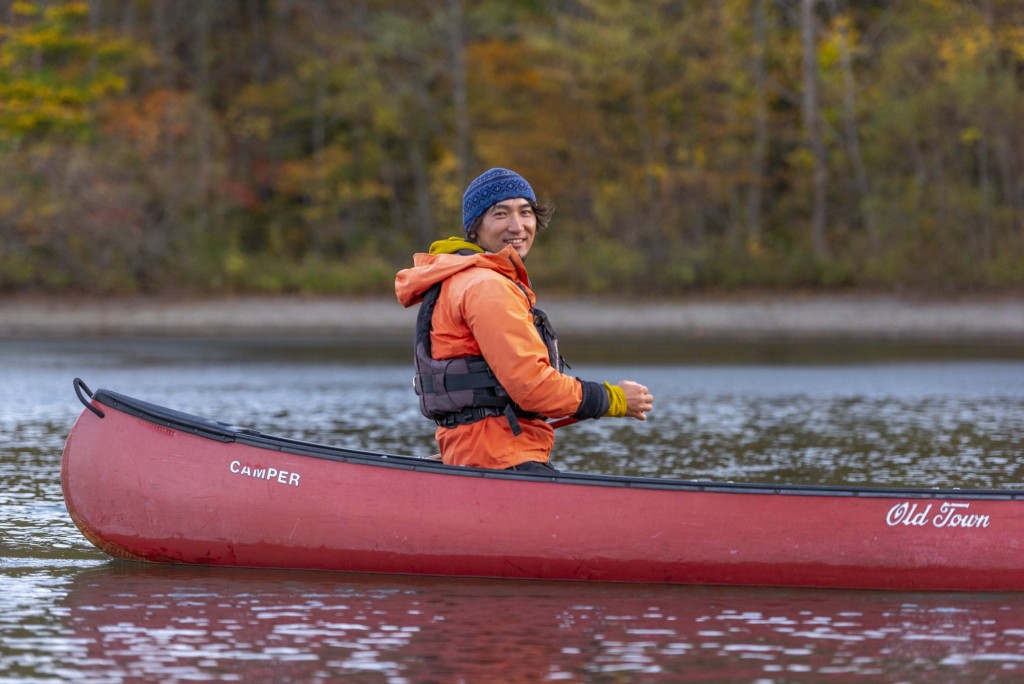
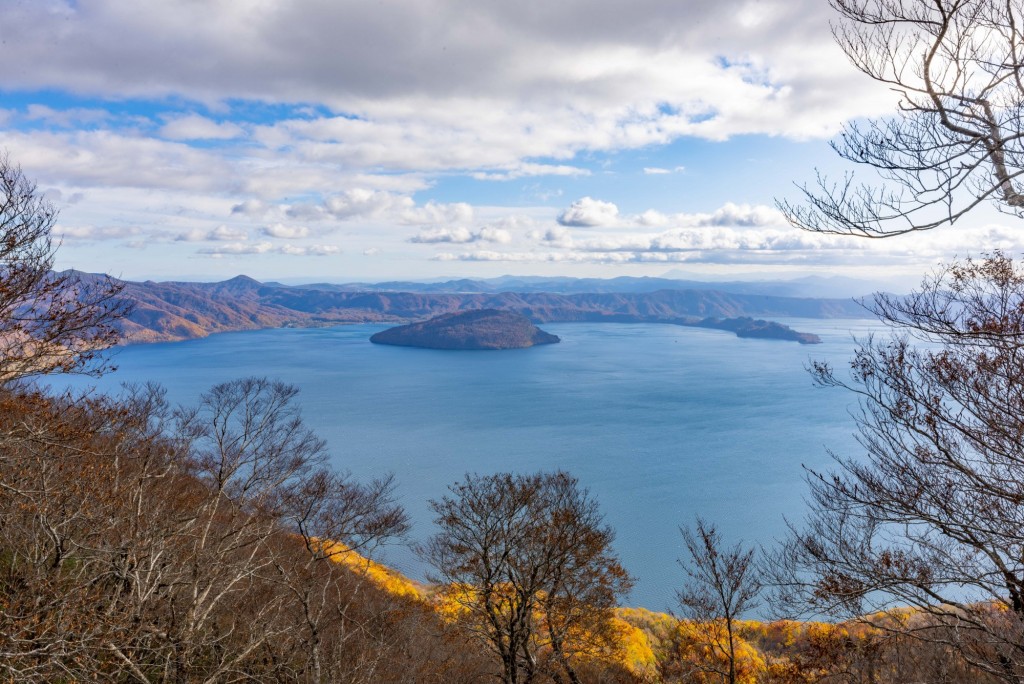
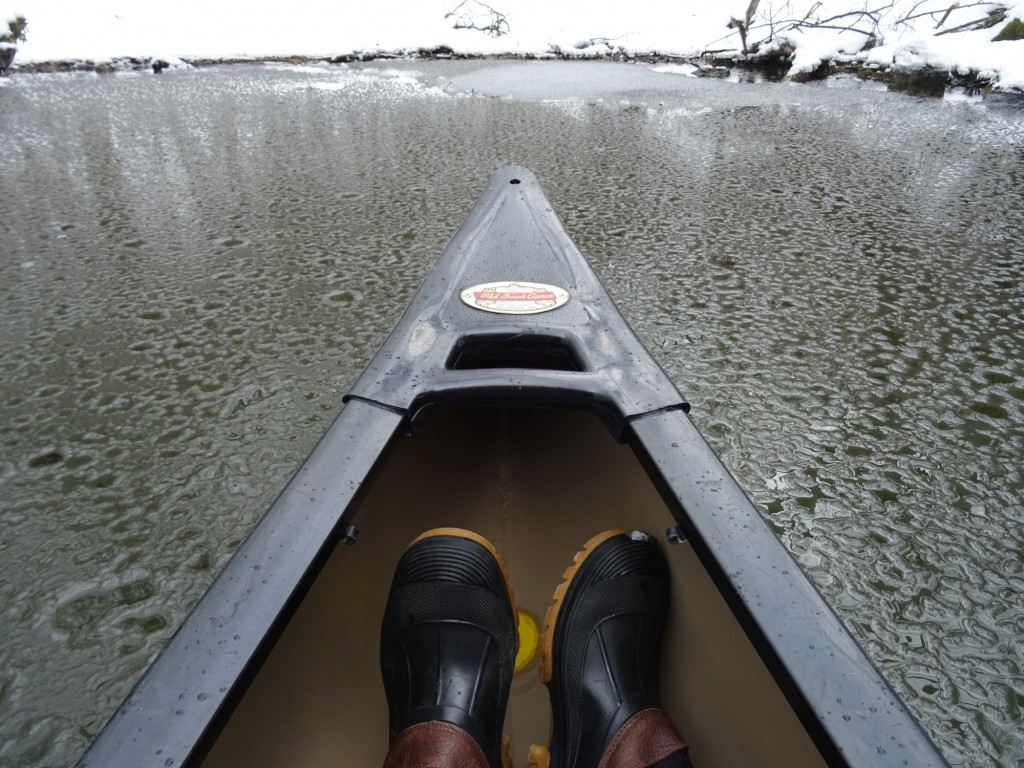
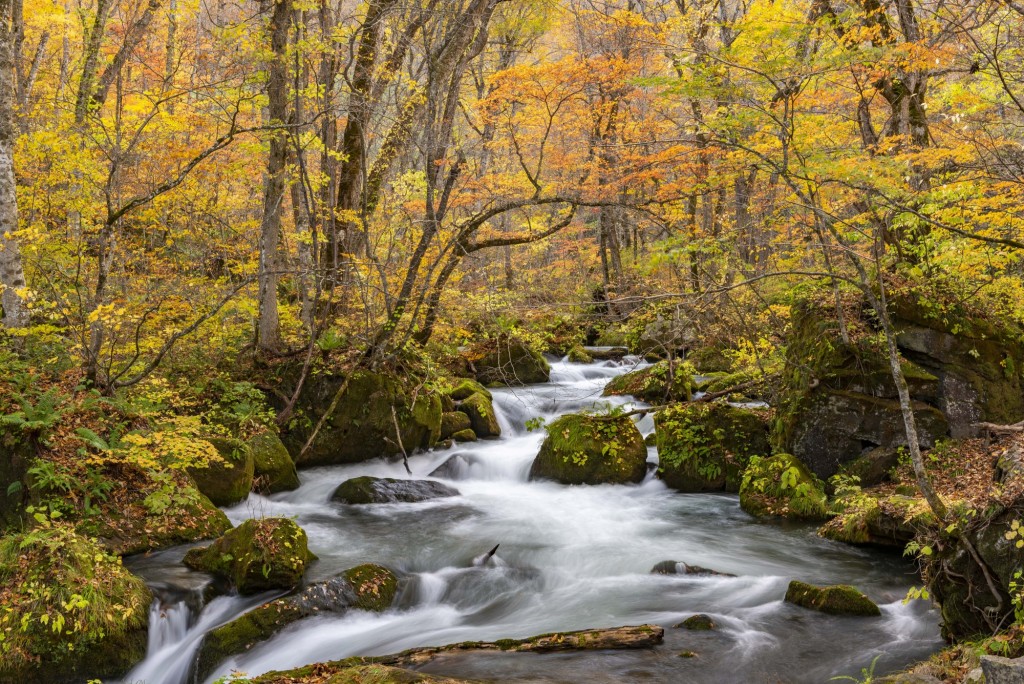
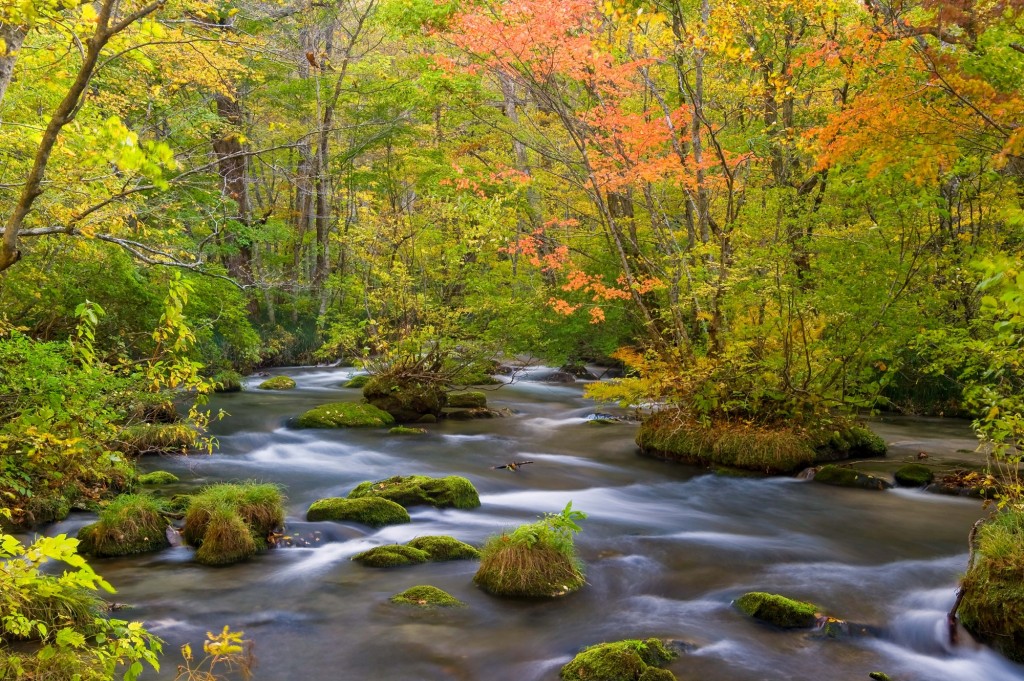
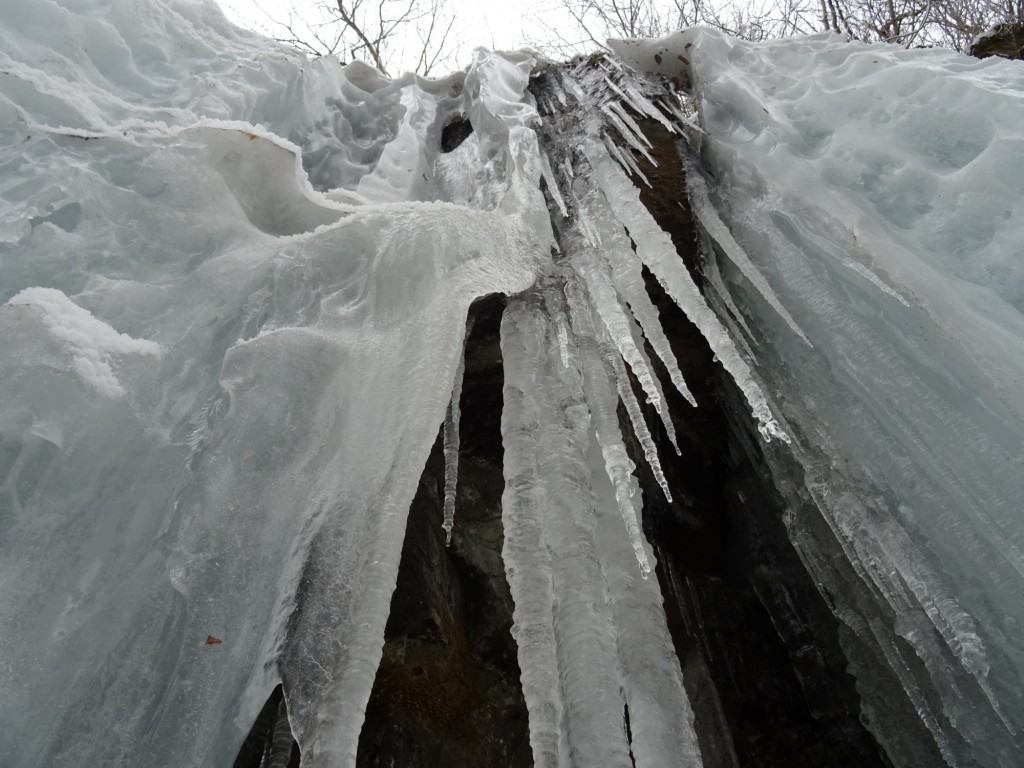
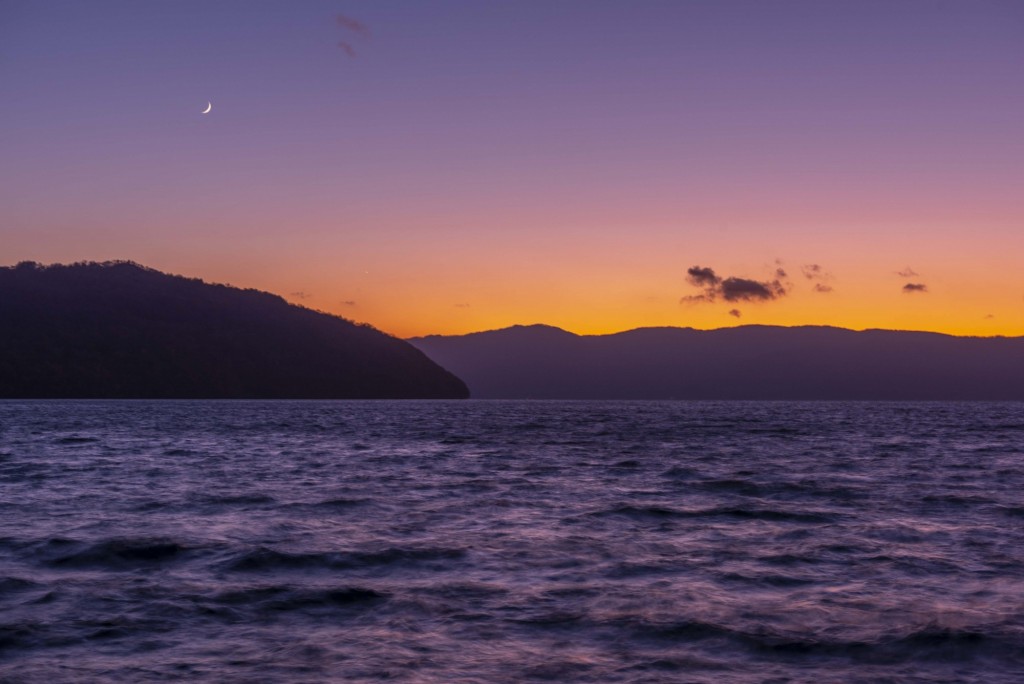

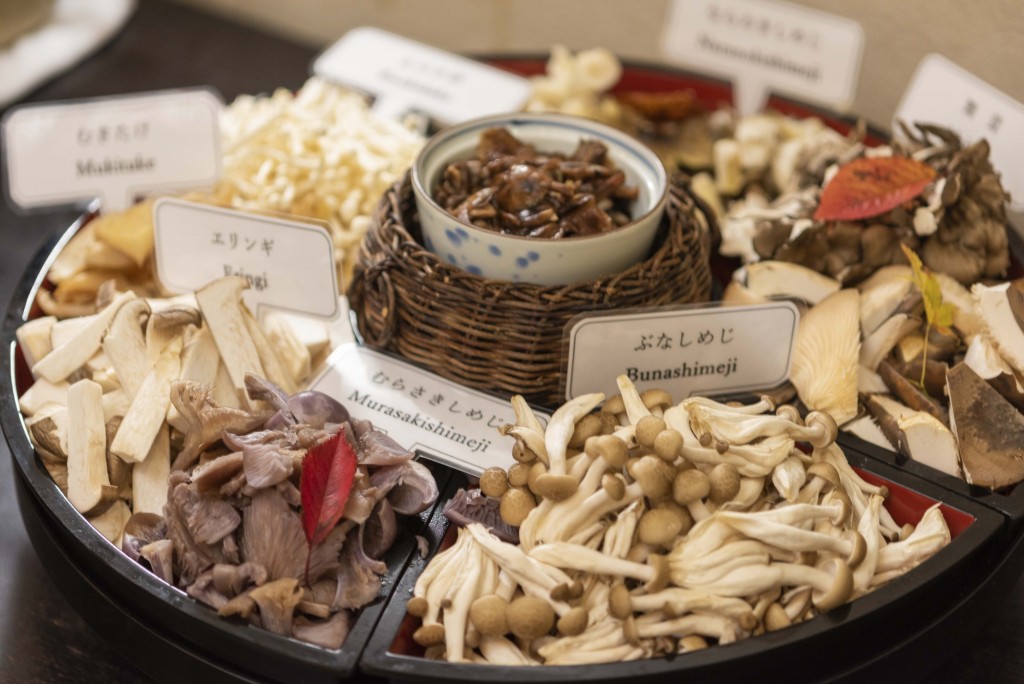
So glad that foreigners will learn about the beauty of Northern Japan.
Many people outside of Japan do not realize that vast stretches of Japan are forested. Most of the population resides between Tokyo and Osaka. I am very happy to be able to explore this country. Thank you for writing.
Very interesting. This area sounds as though it would be a fabulous vacation.
M. Levine
I agree with your assessment. Thank you for commenting.